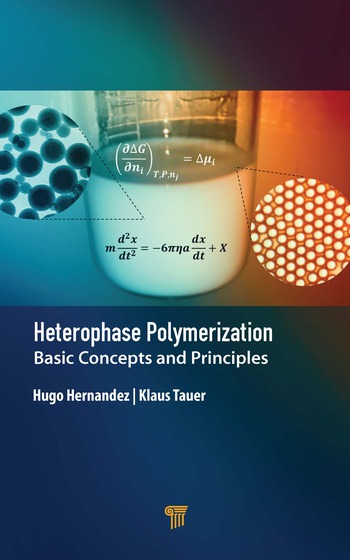Ask Dr. Dave
Question:
We formulate epoxy adhesives for bonding highway markers to concrete road surfaces. These are made out of plastic or ceramic. Although we have no problems bonding the plastic, we have recently been using imported ceramic markers with a very shiny surface and are having serious bonding problems.Answer:
Bonding of ceramics to concrete should be an ideal application for most epoxy adhesives. It seems likely that you have received ceramic with a glazed surface. A glazed surface is very difficult to bond to (that is why coatings on glazed ceramics are usually fired-on in ovens). I suggest you try abrading the surface to remove the glazing.Question:
We are making a product for consumer use where we want to bond a seal material to a glass bottle so that it cannot be removed easily. We can make the seal out of polystyrene or polyethylene. What would you recommend?Answer:
First, I would suggest that you make the item out of high-impact polystyrene – this will be easier to bond than the polyethylene and will cost you about the same. For adhesives, a good solvent cement or a polychloroprene latex adhesive should bond well. If speed is important to bond a large number of items, then you should consider a high-quality hot melt.Question:
We are a medical device manufacturer using a lot of rigid and flexible PVC parts. We are looking at replacing the PVC because of all the publicity concerning the potential health hazards associated with the plasticizers in the plastic, and we want to know the pros and cons of doing this from an assembly point of view.Answer:
This whole area of PVC replacement is a very complicated subject. PVC has been one of the most widely used plastics in medical devices for several decades because it has very good properties, is a low-cost clear plastic and last, but certainly not least, is easily bonded to itself or to other materials.First, you should remember that your rigid PVC does not contain plasticizers, so it should not be an issue. The issues concerning certain plasticizers in flexible PVC have not been totally resolved, with some scientific evidence indicating potential problems and other evidence actually showing benefits from the plasticizers. However, many companies are taking a conservative proactive approach like yours and looking for alternatives. For certain applications, polyethylene and polypropylene can be used. In others, thermoplastic elastomers have been shown to be suitable. None of these plastics combines all the properties and low cost of flexible PVC and they are often more difficult to assemble.
The ability to bond PVC with adhesives, or in many cases with solvents alone, has been a tremendous boon to manufacturers in terms of productivity compared to assembly with mechanical devices. However, many modern adhesives — including cyanoacrylates, UV acrylics and epoxies — can be designed to bond the alternative materials. It seems unlikely that a material will become an almost universal plastic for medical devices like PVC has been, but I am confident that you will be able to find a suitable plastic for each of your specific applications and an adhesive to go with it.
Looking for a reprint of this article?
From high-res PDFs to custom plaques, order your copy today!






